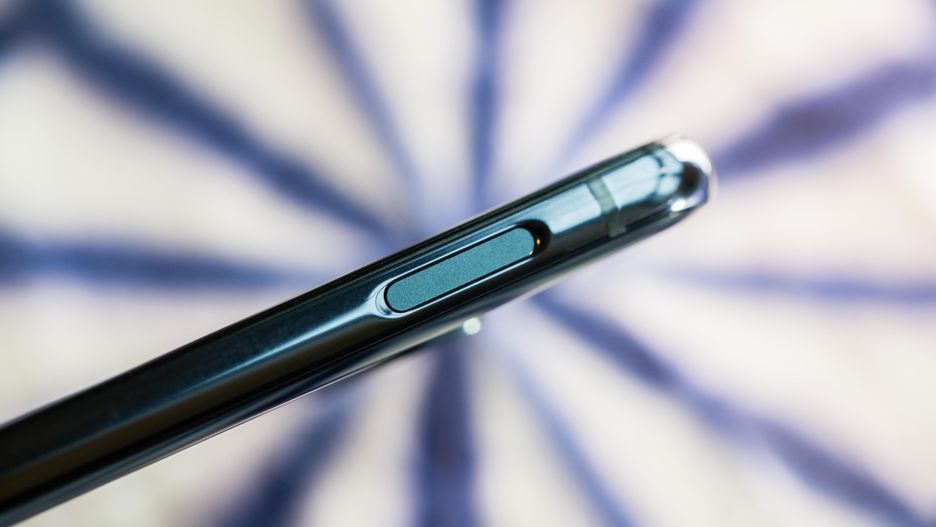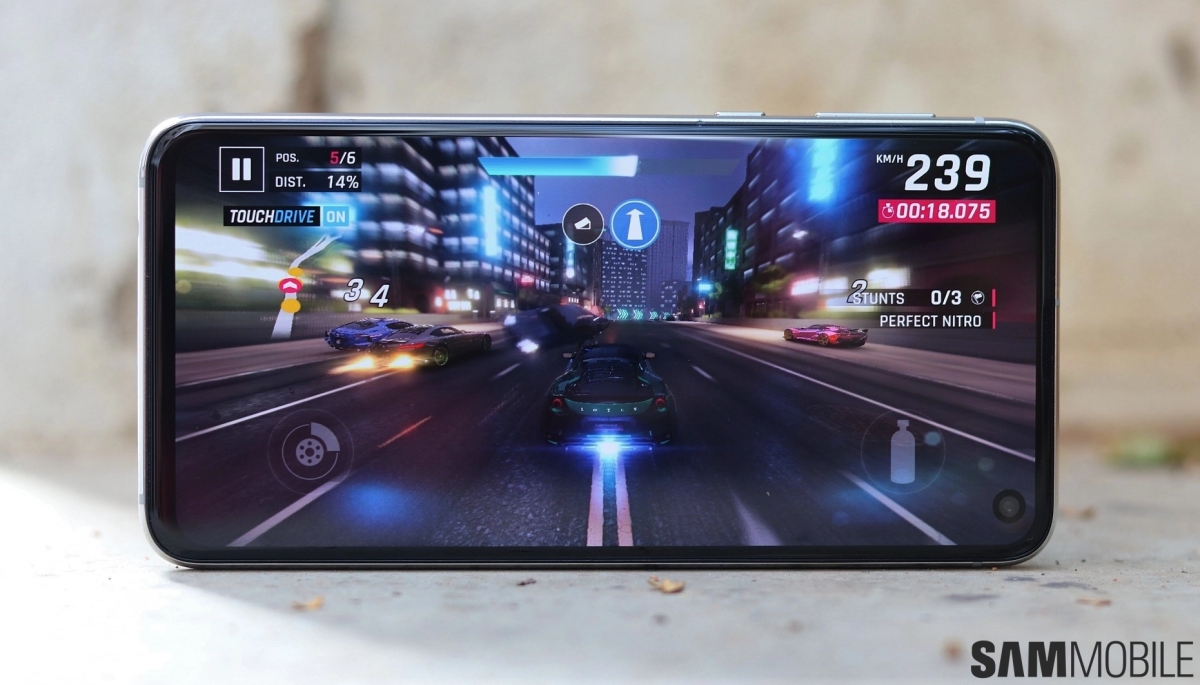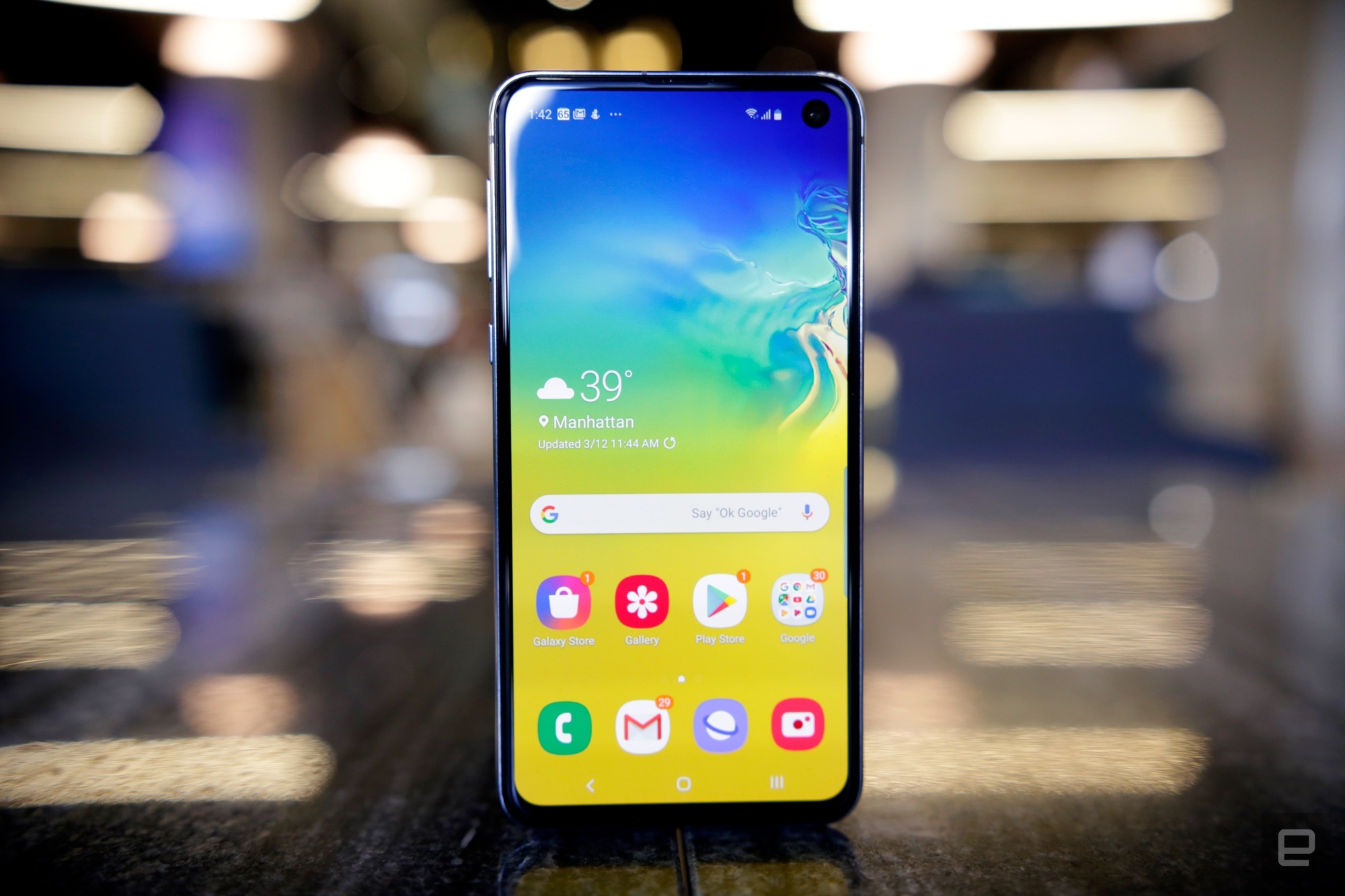The big picture: Smartphone manufacturers have force-fed consumers the narrative that bigger is better. It's an easy ploy to fall victim to, what with flashy screens, massive batteries and multiple cameras, although as phones like Samsung's new Galaxy S10e remind us, great things can still come in small - and reasonably affordable - packages. Some even argue that it's better all-around than its bigger brothers, the S10 and the S10+.
Natt Garun with The Verge decodes the “e” in the Galaxy S10e:
Let’s loop back to Samsung’s interpretation of the E in S10E: essentials. I think Samsung has mostly nailed that. With this phone, you’re not sacrificing much of the S10 experience, and the list of things that are constant between the S10E and the S10 is a lot longer than what it’s missing.
Here’s what you actually give up: the telephoto lens, a bigger battery, and a nicer screen. The S10E has a Full HD display instead of a Quad HD display, which means it’s only 1080p wide and has about 100 ppi less than the regular S10. If you’re coming from a Quad HD display, this difference could be noticeable. For me, I only started to see the discrepancies when I lined it up with another phone in its category, like the Pixel 3. Even after adjusting the tones on the S10E for more vibrancy, the whites are whiter on the Pixel, and you get a lot more depth there. But it’s something I don’t think most people will notice without directly comparing the screens.

(Image courtesy Angela Lang, CNET)
Is the S10e’s fingerprint sensor a pro or a con compared to the in-screen reader of its bigger brother? CNET helps you decide:
Another "trade-off" that might turn out to be a benefit is that there's no in-screen ultrasonic fingerprint reader like the Galaxy S10, S10 Plus and S10 5G have. Instead, the fingerprint scanner is a capacitive-style pad that's integrated into the power button. It's actually more accurate than the in-screen reader.
Raymond Wong from Mashable tends to agree about the fingerprint sensor:
As much as much as I like Samsung's bigger and pricier S10+ — it's only a couple of complaints shy of perfect — the smaller and cheaper Galaxy S10e, which starts at $750, is a better phone.
I missed nothing from the S10+ after testing the S10e for a week. If anything, I'm super annoyed that Samsung blessed the S10e with a fast and reliable fingerprint sensor and saddled the S10 and S10+ with an inferior in-display fingerprint reader.

(Image courtesy Amelia Holowaty Krales via The Verge)
The S10e is light…. maybe a little too light? Engadget’s Chris Velazco elaborates:
Overall, the S10e is as well-built as the S10 and S10+, but I still have a few quibbles. I'm all for phones that won't strain your hands or your wrists, but the S10e is so light it feels a little insubstantial at times. Granted, the massive S10+ is almost startlingly light, too, but I had to throw a case on the S10e before I ever really felt comfortable using it. Cases will also help with the phone's inherent slipperiness; I can't tell you the number of times I put the caseless S10e down on an almost-completely flat surface and watched in horror as it skittered to the floor.
PCMag’s Sascha Segan gets back to basics with a helpful analysis of call quality and volume:
Call quality and volume are tuned to be exactly like the S10+. That means reasonable but not blaring volume: 78dB at six inches from the speakerphone and 94 to 96dB measured right up against the earpiece. The phone supports all the latest voice codecs for high-quality voice calling, along with VoLTE and Wi-Fi calling (those last features may be blocked in firmware if you don't buy your phone from a carrier, so get your carrier's model of the phone if you want them).

Abhijeet Mishra with SamMobile goes over performance with the Exynos variant of the S10e:
The Galaxy S10e comes with the Exynos 9820 chipset under the hood like the S10 and S10+, with the Snapdragon 855 fulfilling the processing duties in markets like the US and China. We tested the Exynos model with 6GB of RAM and can say the S10e’s performance matches that of the S10+. The S10+ gets 8GB of RAM by default, but the only place you’ll notice that making a difference is in multitasking, with the S10e more prone to killing background apps (although you won’t notice this in day-to-day usage).
The lower screen resolution no doubt helps the Galaxy S10e chug along without breaking a sweat. As we had mentioned in our S10+ review, Samsung seems to have thrown in extra optimization on its 2019 Galaxy S flagships, and that results in smooth animations and quick app launch times. There’s barely any stutter, no matter what you try to do on the phone. The S10e did heat up quite a bit during the first day of use when I was busy installing apps and transferring my data to the phone, but I didn’t face the heating issue from the second day.
And for Qualcomm Snapdragon 855 performance, we turn to Julian Chokkattu with Digital Trends:
It has the Qualcomm Snapdragon 855 processor, the flagship chipset that powers most high-end Android phones this year. Where the S10e differs is it comes with 6GB of RAM in the base model instead of 8GB RAM found in its bigger brothers. You get the same 128GB of internal storage, and a MicroSD card slot is present if you need more space.
Does having less RAM cause a problem? Nope. I haven’t seen a single performance dip in my time using the phone as my daily driver. It runs games like Breakneck and Alto’s Odyssey without a hitch, and multitasking in split screen mode hasn’t caused any issues at all. If you’re worried, you can always spend more money to buy the 8GB RAM option at $850, but at that point you may as well go for the 6.1-inch S10.
The benchmark scores all beat out the Galaxy S10 Plus, which makes sense since the S10e is powering a smaller, lower-resolution screen and has less tech inside. In fact, the AnTuTu score now puts the Galaxy S10e as second best in our benchmark rankings, second to the Xiaomi Mi 9, which also uses the same Snapdragon 855 processor.

(Image courtesy Chris Velazco via Engadget)
Adam Ismail with Tom's Guide has the skinny on the camera game:
The Galaxy S10e packs two cameras on the back — one 12-megapixel primary sensor with a variable aperture of either ƒ/1.5 or ƒ/2.4, and another 16-megapixel sensor mated to an ultrawide lens with a 123-degree field of view. On the front is a 10-megapixel, ƒ/1.9 lens.
All of those cameras are also present in the S10 and S10 Plus, though those phones add a telephoto lens to the back as well with 2x optical zoom, which the S10e lacks. The S10 Plus also has a secondary depth sensor on the front of the device for more accurate bokeh effects in selfies.
Still, with its dual rear cameras and bevy of creative shooting modes, the S10e is hardly underequipped when it comes to photography tools. Samsung has pumped up its shallow depth-of-field Live Focus mode with stylish effects so you can add a dash of partial color or change the direction and pattern of the background blur after the fact. And the company's AI-based Scene Optimizer tech, which tunes settings based on subjects the camera identifies, can recognize 10 more scenes for a total of 30.
So it's clear the S10e's cameras aren't lacking in bells and whistles, then. And yet, the types of shots they produce are surprisingly inconsistent. Although the S10e's photography is solid across the board, there were almost always one or two missteps in every picture we took with the phone that held it back.

(Image courtesy Zlata Ivleva via Mashable)
How does the S10e compare to its rival, the Apple iPhone XR (or even the bigger S10+)? Todd Hasselton with CNBC dishes:
Earlier this month I took a look at the Samsung Galaxy S10+, the most premium of the current Samsung phones, which are now available to buy. It’s a very good phone that’s a perfect alternative to Apple’s iPhones, but it’s also expensive and starts at $999.
You should buy the Galaxy S10e instead.
Samsung didn’t cut many corners with this model, and it costs $250 less than the Galaxy S10+. It also gives you more bang for the buck than Apple’s iPhone XR, which costs the same -- the Galaxy s10e has a brighter screen, headphone jack and expandable storage.
Lead image courtesy Chris Velazco via Engadget
